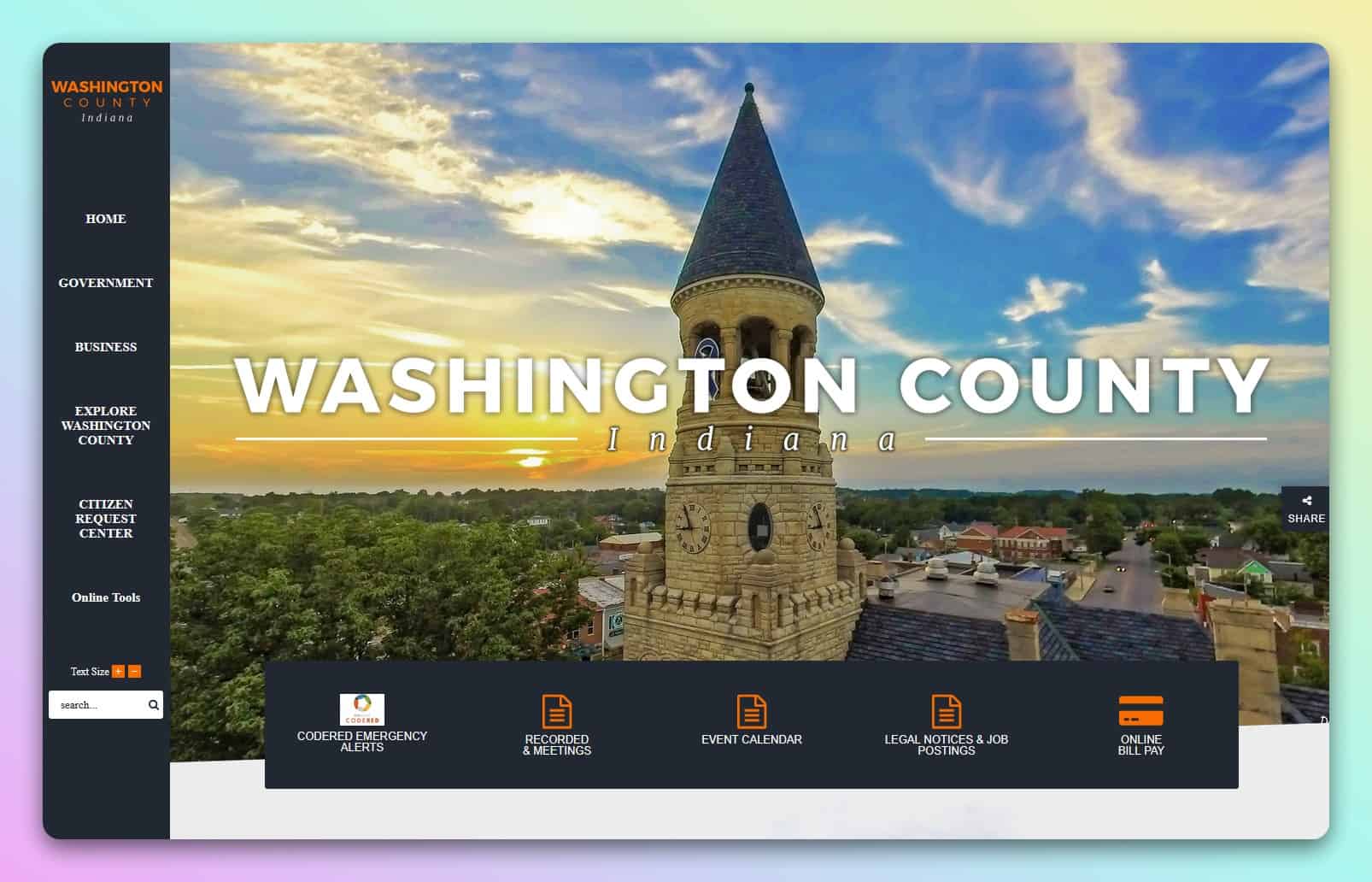Small businesses and organizations looking to save money on a website should consider what drives up costs on the site or a design project:
- Workload of the developer or team
- Functionality of the site, particularly when focused around a custom workflow
- Ongoing support given to the site (maintenance, social media, ghost writing, etc.)
The website domain name and hosting are nominal and cheap at about $15 and $100 respectively. There is some variation in hosting, as discount-resellers like GoDaddy will cost about $50 a year, but have slower and less-useful support and slower speeds. I know you think you won’t need support, but trust me, you will.
Designer/developer team workload costs
Your website designer, developer, or team, has a series of things that impact their cost:
- Workload from other clients. Simple supply and demand rules here, and the more people knocking on their door the more they can afford to charge.
- Other time commitments. Freelancers with a day job, stay-at-home parents, or people who don’t want to devote their day to website design work can charge more to keep their time in check. Or charge less in exchange for slightly slower response times (i.e., no response during the business day).
- General overhead (staff, office space, etc.)
There are things you can do, as a client, to help your web developer help you and save money on a website:
- Bundle all your thoughts and work into the fewest number of emails possible. We sometimes get a series of emails from individuals or committees who have open debates and contradictory discussions with us in the middle. Like placing an order in a restaurant, get your order ready and decided before you make a request. This is also a courtesy for other clients. Everyone has things that are important to them. Be reasonable with what’s truly important. If you always say “this is important”, even when it’s really not, when some other customer who rarely requests rush work says, “This is important”, you’re likely to lose priority because you’ve cried wolf.
- Pick the right medium for the right time. Do not make a phone call to say, “I have this photo I’d like to add to the website.” Since photos can’t be transferred via phone, you still have to email it anyway. You’ve created two requests, half of which isn’t written down and the other half requiring 5-10 minutes. On teams, the person you called is just going to write it all down for the rest of the team to share anyway. Do not think you need to call for a simple request like this “to go over things”. Adding a photo in this example is simple, especially if it’s done before. You’re making it more complicated and the developer is running the clock to bill you for it. Use a phone call when you have have a complicated question or issue you’re having trouble understanding or articulating.
- Give a head’s up on future work when you know it’s likely coming. “We have this press release to post. We’ll probably have a photo to include tomorrow after today’s event.” Now I, as a designer, know to publish that content, but also leave room for and prepare for a photo. This changes how I view headings, pull quotes, and other elements that I might have used if I thought there wasn’t going to be a photo later.
Website functionality costs
The price for website work is largely decided by the functionality of the site. This is the biggest driver of costs by far. Some examples of things that can drive up costs:
- Custom workflow rules for your business. For example, it’s not difficult for a website to place a document in a space where users have to login first. But if you need people to log in, agree to a contract, and verify their identity through a security photo that you set, it’s much more time-consuming.
- Making continuous changes drive up costs very quickly, especially when strung out over several hours or days. For example, if a banner image is placed on a website but you want it changed repeatedly, the process of modifying the site, the banner in Photoshop, and re-exporting and uploading to the site can take about 3-6 minutes. Repeated over 3 times you’ve spent around 20 minutes.
- Making inconsequential requests is in that same vein. For example, it’s not uncommon for a group working on a small, one-time, project to request significant changes to a website to accommodate a single page. Things like changing font colors, sidebar placement, navigation menu items, and other site-wide measures is practically asking for a whole new website to accommodate one page. Websites have to be viewed holistically as a whole piece.
Here’s what you can do to lower these costs:
- Be willing to ask for and accept ideas that can reduce costs dramatically but still give you most of the functionality you need.
- Set a plan early, before any work is done, so you know exactly what you need from the work.
- Trust your designer and don’t debate small issues, like font sizes.
Reducing costs for social media management, print design, ghostwriting, emails, or other services
You may use your website designer or website team to do additional work, like email campaigns, social media posts on your behalf, or ghostwriting. This work is often outside the scope of what specialist designers or developers may do, but it’s not uncommon amongst small teams.
These services can be plagued by the same cost-sucking constraints, like excessive change requests or lack of a plan from the part of the client. This is particularly true in print design work. Designing a flyer, for example, is typically done in Photoshop or InDesign. Professional designers are unlikely to do this in Word, and as such you shouldn’t expect it to be as simple as working in Word or Publisher. When a designer asks you questions about the look and feel of a project, they’re trying to get a sense for your taste because hours can quickly fly by when done well. But if you change your tastes later, you can’t expect your designer to adjust mid-way through.
For example, let’s imagine your run a funeral parlor. If we asked what style you liked, “bold and modern” or “retro” would not be suitable. We’ve had clients insist in these instances, but this is where they’ve been unable to separate what they personally like for what actually is appropriate. Sometimes we walk away from projects like this, because we know they aren’t making a good faith effort to work with us on setting a tone and style.
Another example might be a form where you want to ask a series of questions from a user. On a printed page that may get tight. If you forget some of the form fields you want included from the start, you’re driving up costs. Here, a full page may need all of the text sized down to accommodate that extra set of questions. Images may need scaled down, too. Then it may be that the text is no longer readable because it’s so small, so now it requires a second page to be usable. Which is doubling the work from before.
Prepare, decide, and stick to a plan to save money on a website
As a customer, you can save money on a website by doing as much preparation as you can for your work. Don’t draw it all out before hand, or decide on colors or images or size and placement. That’s your designer’s job. But know what you need a site or project to do. Know what you need your customers to receive.
If you’re working with your own team or committee, get consensus and assurances first. If you’re hosting an event, for example, make sure your dates, times, places, and presenters are set in stone (barring emergencies).
Once you’re agreed to a plan, stick to it and avoid “competitor creep”, where looking at competitor’s sites or work from elsewhere makes you want to change to be more like them. Resist the urge to copy others and trust your designer to make something that works for your audience and brand image.

